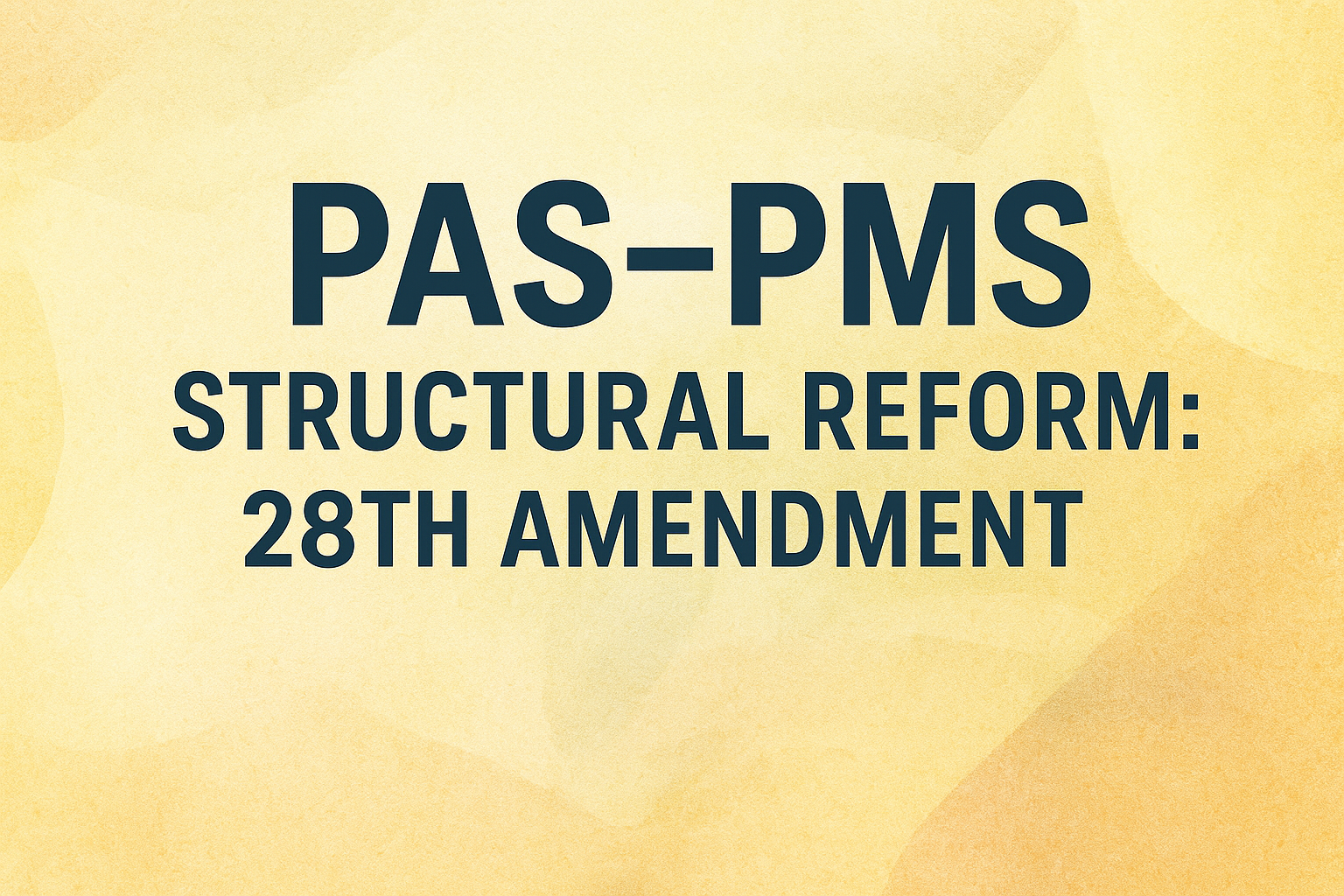Tariq Mahmood Awan
The history of capitalism can be traced back to the revolution of the economic system, which became dominant in the Western world since the decline of feudalism. This system, in which most means of production are privately owned, and production and income distribution are predominantly guided through the operation of markets, emerged in a specific historical context. It was a response to the changing economic and social conditions of the time, such as the rise of merchant capitalism and the decline of feudalism.
Historically, the development of capitalism as a system is a testament to its transformative power, dating back only to the 16th century. However, antecedents of capitalist institutions existed in the ancient world, and pockets of capitalism were present in Europe during the later Middle Ages. The growth of the English cloth industry during the 16th, 17th, and 18th centuries spearheaded the development of capitalism. What set capitalism apart from previous systems was the use of accumulated capital to expand productive capacity. This process, known as ‘capital accumulation,’ involves the reinvestment of profits into new production, leading to the growth of the economy. This shift encouraged investment in economically productive enterprises, marking a significant departure from the past.
The Protestant Reformation of the 16th century played a pivotal role in fostering an ethic that not only diminished traditional disdain for acquisitive effort but also emphasized hard work and frugality. This new ethic, often referred to as the ‘Protestant work ethic,’ was a significant cultural shift that had profound economic implications. It not only justified economic inequality but also laid the moral groundwork for capitalism, as it associated wealth with virtue and poverty with vice.
Moreover, the increase in Europe’s supply of precious metals and resulting inflation in prices favored the capitalists, as wages did not rise as fast as prices during this period. The rise of strong national states during the mercantilist era also provided the basic social conditions necessary for economic development, further contributing to the growth of capitalism.
Moving into the 18th century, capitalist development shifted from commerce to industry, marked by the Industrial Revolution in England. This period saw the practical application of technical knowledge, resulting in the steady capital accumulation that had been invested in technical innovation. Technological innovation played a crucial role in the development of capitalism, as it increased productivity and efficiency, leading to higher profits and economic growth. The ideology of classical capitalism, rooted in laissez-faire economics, found expression in Adam Smith’s influential work, ‘An Inquiry into the Nature and Causes of the Wealth of Nations’ (1776).
World War I marked a turning point in the development of capitalism, leading to significant global changes such as the abandonment of the gold standard in favor of managed national currencies. However, it was the Great Depression of the 1930s that brought about the most significant changes. The economic crisis, which was the most severe and prolonged in modern history, led to the end of laissez-faire policies in most countries and created sympathy for socialism among intellectuals and the working class. This period of crisis and the subsequent policy changes marked a significant shift in the perception and understanding of capitalism.
In the post-World War II decades, the economies of major capitalist countries, characterized by varying versions of the welfare state, performed well. However, the rapid increase in economic inequality from the 1970s onwards led to renewed doubts about the long-term viability of the capitalist system.
Furthermore, following the financial crisis of 2007–09 and the accompanying Great Recession, a renewed interest in socialism emerged, particularly among the millennial generation, which had been significantly impacted by the recession. Although support for socialism increased, it is important to note that the policies favored by these groups align closely with the New Deal regulatory and social-welfare programs of the 1930s. These policies, which were implemented in response to the Great Depression, aimed to provide economic security and social welfare, but they did not advocate for the complete abolition of private property or the means of production, which are key tenets of conventional socialism.
Hence, the history of capitalism reveals its evolution from ancient antecedents to the present day, demonstrating its resilience in the face of challenges. While capitalism has been instrumental in driving economic growth and development, its impact on inequality and societal welfare has brought about periodic challenges and debates regarding its sustainability in the long term.
Critique of Capitalism: Examining Its Shortcomings
Advocates and critics of capitalism both acknowledge its role in promoting economic growth. However, critics highlight three fundamental dysfunctions stemming from its market foundations.
Many critics argue that capitalism inherently suffers from instability, a feature that has characterized the system since the onset of industrialization. Capitalist growth, driven by profit expectations, fluctuates with changes in technological or social opportunities for capital accumulation. As opportunities arise, capital rushes in, leading to economic booms, followed by market saturation, decreased investment, industry shakeouts, and recessions. This cyclical nature of economic growth raises concerns about sustainability and long-term stability.
Marx and Keynes offered differing perspectives on this issue. Marx viewed the concentration of capital into larger firms during successive market disruptions as a fundamental flaw, potentially leading to the eventual replacement of capitalism by socialism. In contrast, Keynes raised the prospect of capitalist systems remaining indefinitely in a state of equilibrium despite high unemployment, raising concerns about potential stagnation.
Another criticism of market-driven growth centers on the adverse effects produced by a production system solely accountable to profitability. Complex industrial processes often generate negative outcomes, known as ‘externalities.’ These are the unintended and often harmful consequences of economic activity that are not reflected in the prices of goods and services. They can include things like toxic waste, unhealthy working conditions, and environmental damage. Critics argue that market growth, driven by profit motives, tends to overlook these externalities, leading to long-term social and ecological challenges.
A third criticism revolves around the fairness of wealth distribution and sharing of hardships within capitalist societies. This criticism encompasses specific and general concerns about income disparities and market-based income regulation. For instance, in the United States, significant income disparities exist, with a small percentage of households holding a majority of the wealth. This concentration of wealth is seen by many as a fundamental flaw of capitalism, as it can lead to social and economic instability. Critics argue that market-based income distribution, while efficient, often leads to exploitation and disregards the moral and social aspects of work.
In conclusion, the critique of capitalism underscores concerns about its instability, negative externalities, and inequitable wealth distribution. While capitalism has driven economic growth, these criticisms call for a reevaluation of its long-term sustainability and societal impact.















